Game Reviews: Terra Nil, Final Fantasy XVI
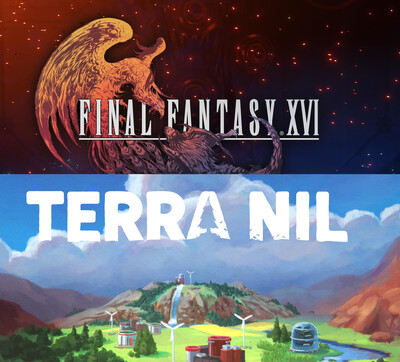
Final Fantasy XVI is, for now, an exclusive release for the Sony Playstation 5. I usually stick to console exclusives for the PlayStation, and I was looking forward to this one as it’s the first Final Fantasy game I’ve played since the FF7 Remake. While waiting on FF16’s release, I played Terra Nil, a fun but short independent terraforming game. These are two very different games, on different platforms, for different audiences, which will hopefully make this a fun review.
Terra Nil
Terra Nil is a delightful and relaxing terraforming puzzler. It has a lot of well designed, beautiful elements, although it is a bit short. The game jumps right in with missions on a richly animated map, with tools that can bring life to a toxic landscape. The artwork and audio are immersive, immediately pulling the player into the surroundings.
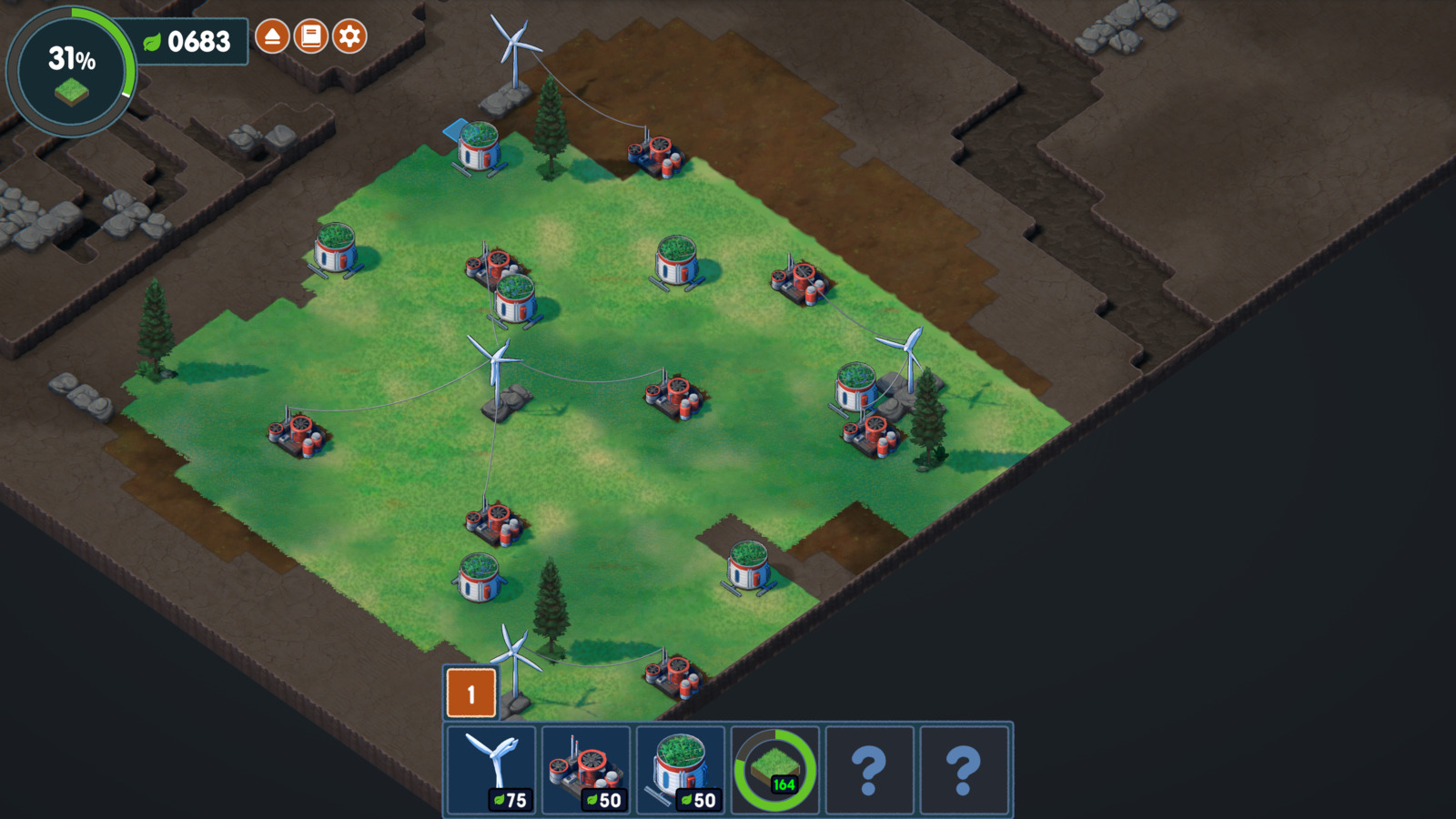
Gameplay
You start with a map of a desolate, brown wasteland. The tutorial guides you through scrubbing the air and building the pieces needed to bring life to a dead biome. There are multiple phases, with limits to the available resources. Terra Nil starts off looking like a sim game, but quickly reveals itself to be a puzzler.
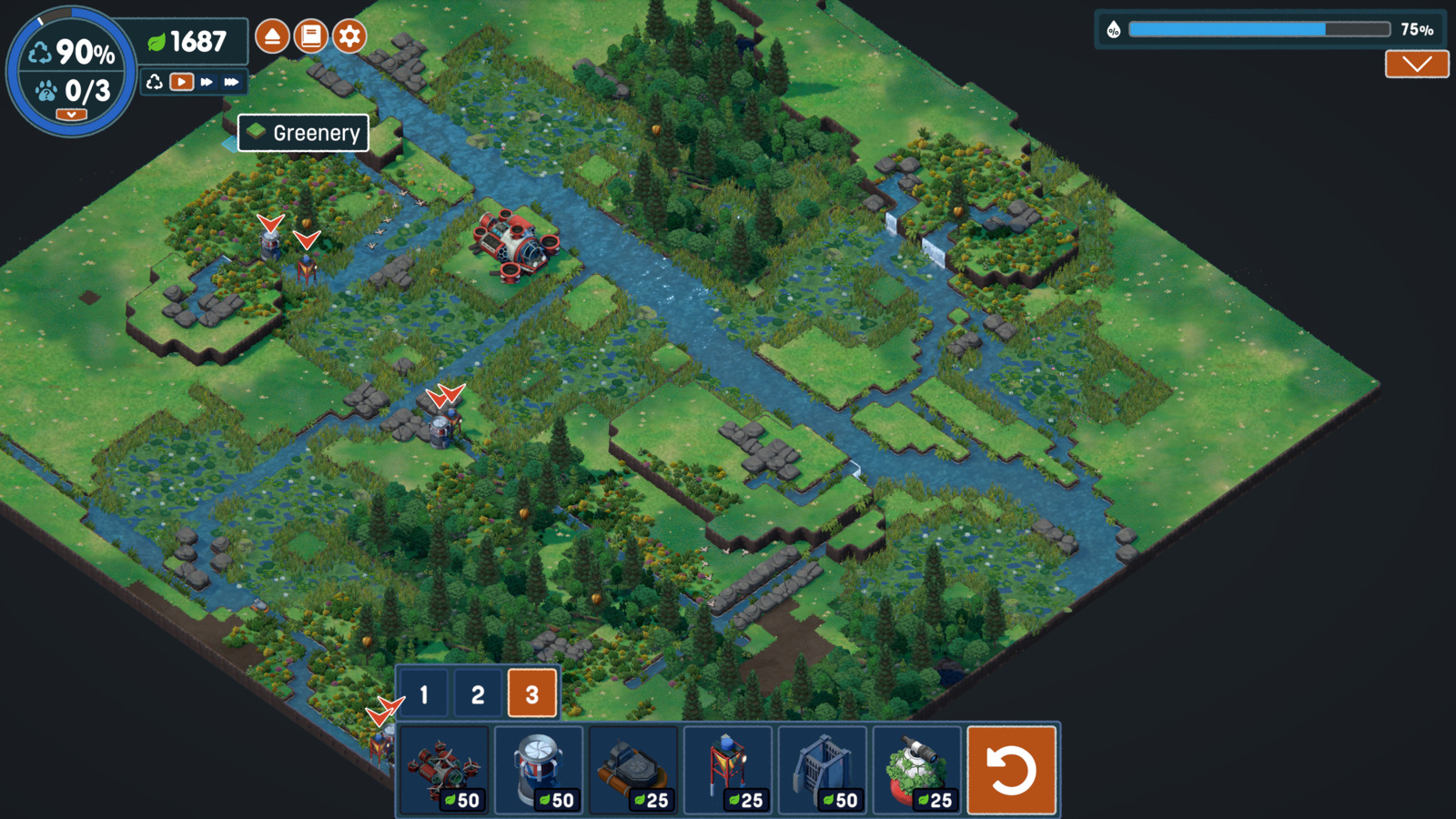
The four main maps have very different stories and challenges. Each one has slightly different tools, which provide multiple paths through construction puzzles. The worlds are procedurally generated, allowing for some variety on replays. Although each map is amazingly put together, all four can be solved in under seven hours.
One of the main criticisms of this game is the short length compared to the price. It’s not quite as bad as LEGO Builder’s Journey , but I would recommend picking it up on sale. There are second versions of the maps that unlock after completing the base game. They’re similar to their originals in layout, but considerably more challenging. It’s a very relaxing terraforming game, feeling more like a casual boardgame than a boring management sim.
Conclusions
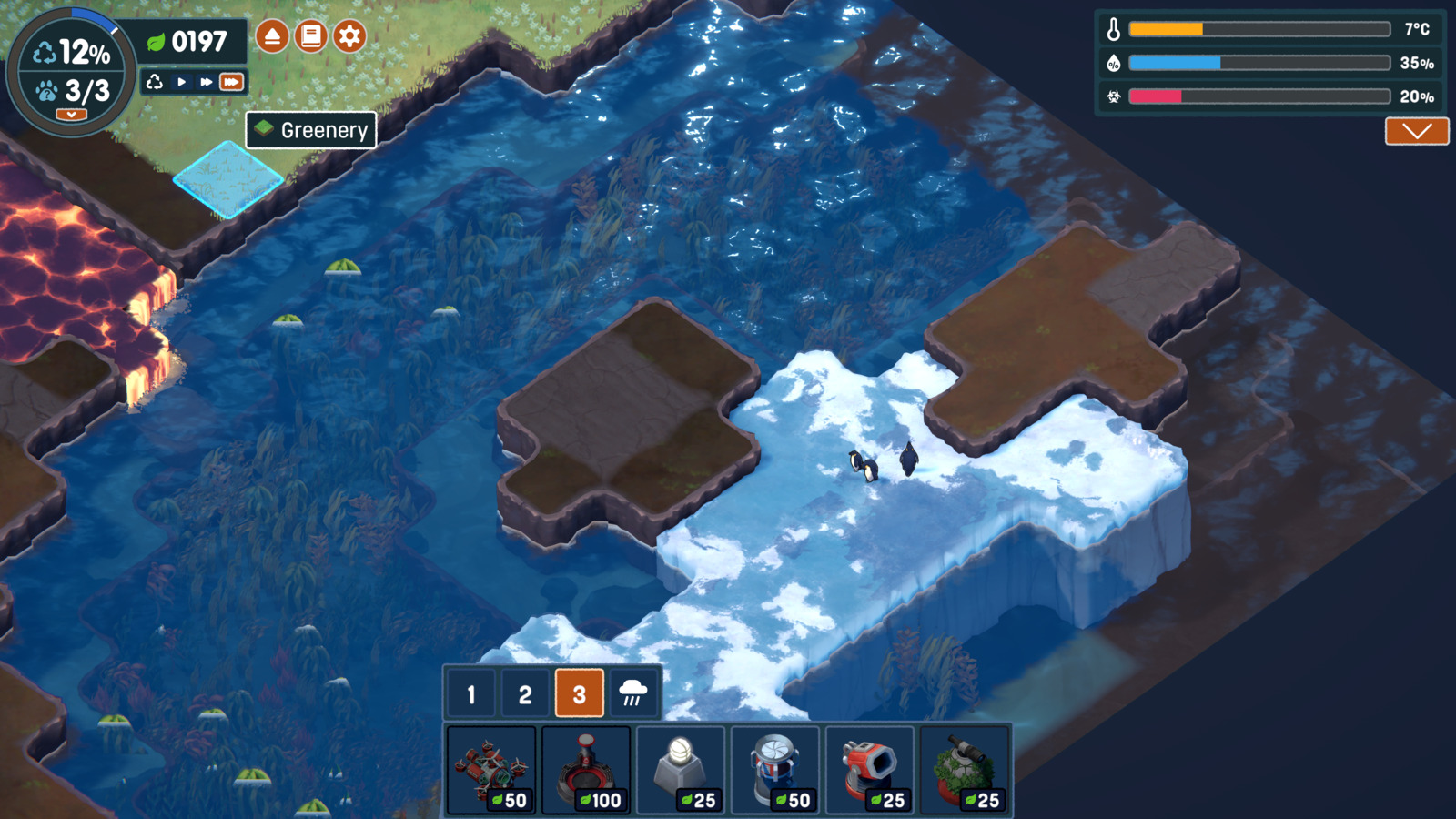
Terra Nil feels as relaxing as a SimEarth game, but with clear challenges and goals. Although short, it has really fun and unique puzzles. The post game challenges and procedurally generated world add a considerable amount of content for players who don’t want to abandon this world so soon. I also appreciated the lack of any overt political statements. There is no real backstory to why you are fixing and/or terraforming these biomes. It could be anything from a new planet, to a distant future, to a planet devastated by intergalactic war. The reason of why is entirely up to the player’s imagination, as the casual gameplay pulls them into a world of lush forests, volcanic lava flows, rolling fields and pristine beaches.
Final Fantasy XVI
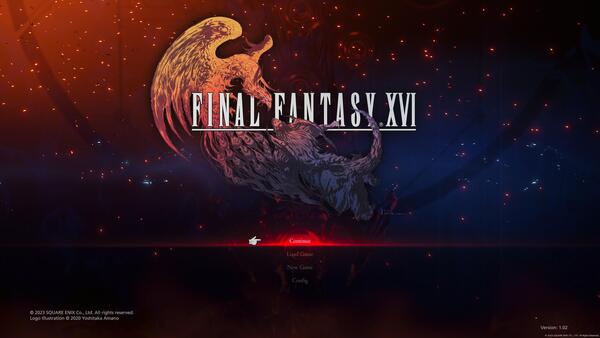
It’s been a while since I last reviewed a Final Fantasy game. Final Fantaxy XVI is the latest installment of the decades running series and the first full, non-remake, episode to appear on Sony’s latest game console. Being a limited time exclusive to the PlayStation 5, I decided to get this for my system. Although it has many of the classic elements and themes fans would come to expect from the Final Fantasy series, the pacing is slow at times and the combat is fairly basic. The game focuses mostly on the protagonist, with themes around man vs the gods, slavery and destiny. Its monster fights are visually stunning and cinematic, yet there isn’t as much focus on your team and party as one might expect from a role playing game.
Story
The opening two hours of this game are painfully slow. I prefer cut sequences and longer story element that follow hard battles or complex interactions. It makes the story feel like a reward for navigating quests and combat. Instead, the introduction is heavy on dialogue and back story. Later parts of the game have dialog that can be skipped line by line if you have subtitles enabled, but the introduction is composed almost entirely of unskippable dialog segments.

I can see where the writers were going in trying to build the story behind the main character Clive. The first act of the game builds his relationship to his brother, and the family of his childhood. Still, the opening made me often question if I’d even be able to make it through the game. I’m very glad the rest of the game wasn’t as criminally boring.
Unlike many other Final Fantasy games, almost everything is focused on Clive, the protagonist. There are omnipresent sequences where the player gets to view what’s going on in distant kingdoms, or short moments where the player is briefly another character. However, for most the game, the other party members just feel like addons.
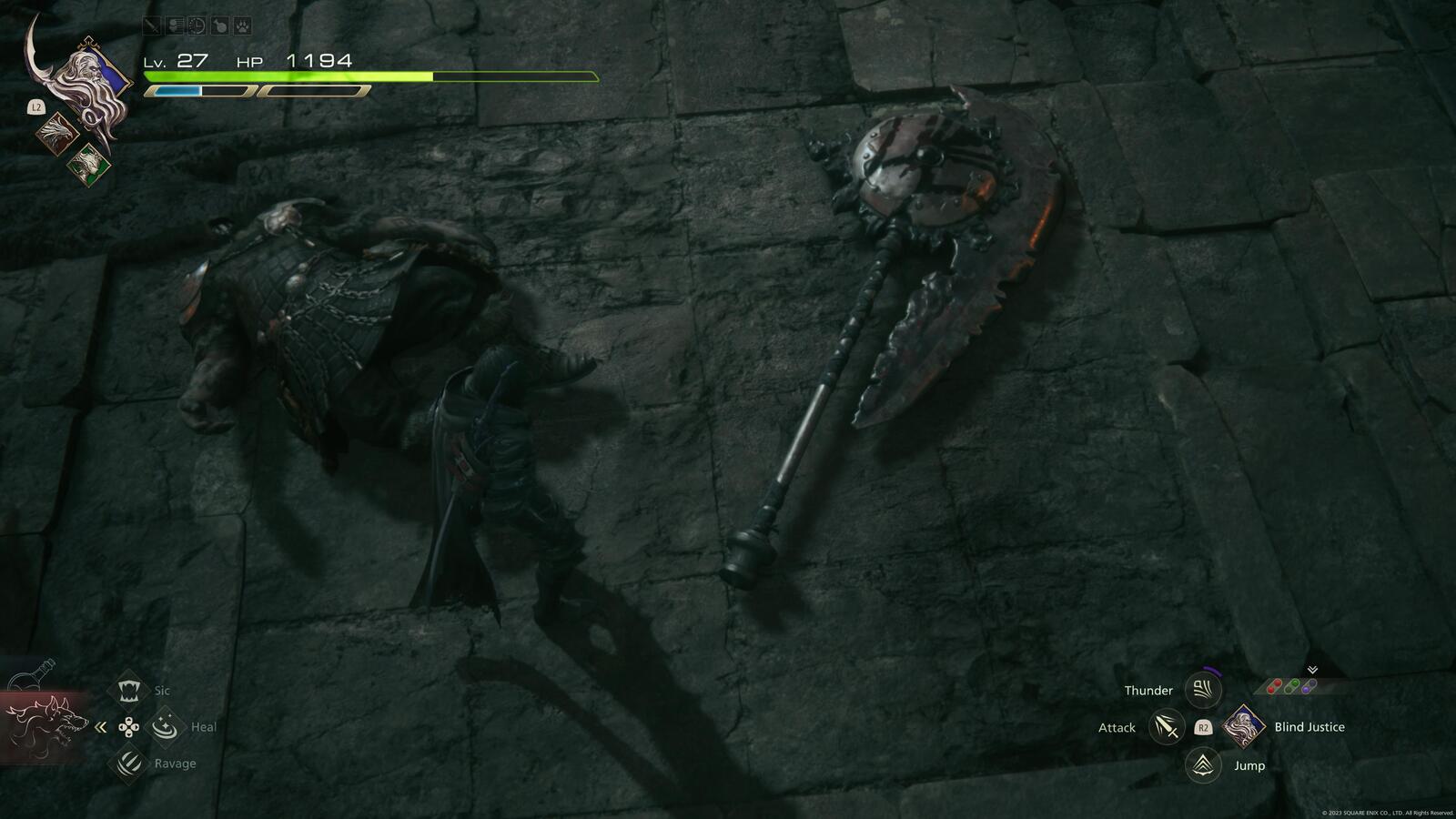
Parts of the adventure are a bit too rosy. There is a serious lack of moral ambiguity despite some of the more controversial ideas in the game. There is a strong connection between the branded (magic users) and slavery, that often feels forced and out of place. Although some serious moral conflicts about the heroes are raised during side quests, don’t expect anything as in-depth as Far Cry 4. Characters are often introduced out of nowhere, with no real backstory or exposition. There are continual political conflicts between the various nations and kingdoms in the game, that are confusing, murky and ultimately useless and uninteresting.
Like any Final Fantasy game, there is enough revealed to help you understand the world that’s being built. However, much is still left in ambiguity for players to debate and argue about. The diving conflict of the story attempts to deal with issues of brotherhood, loyalty, and the conflict between man and creator. It starts slowly, and honestly felt like it slowed down uncomfortably towards the ends. Still, after the initial introduction, the story and game were interesting enough to hold my attention to the conclusion.
Gameplay
Unlike most Final Fantasy games, the player only controls one character at a time, other than your dog (once unlocked). Your dog is also the only character which can heal you. All battle is done in real time. Switching the game settings to being story driven allows for additional hints for blocking enemies and items that can provide automatic support. I played the game on the action focused mode, and the difficulty felt more than fair. Although the boss fights often have multiple waves, they also have checkpoints, and health consumables are restored if you die.
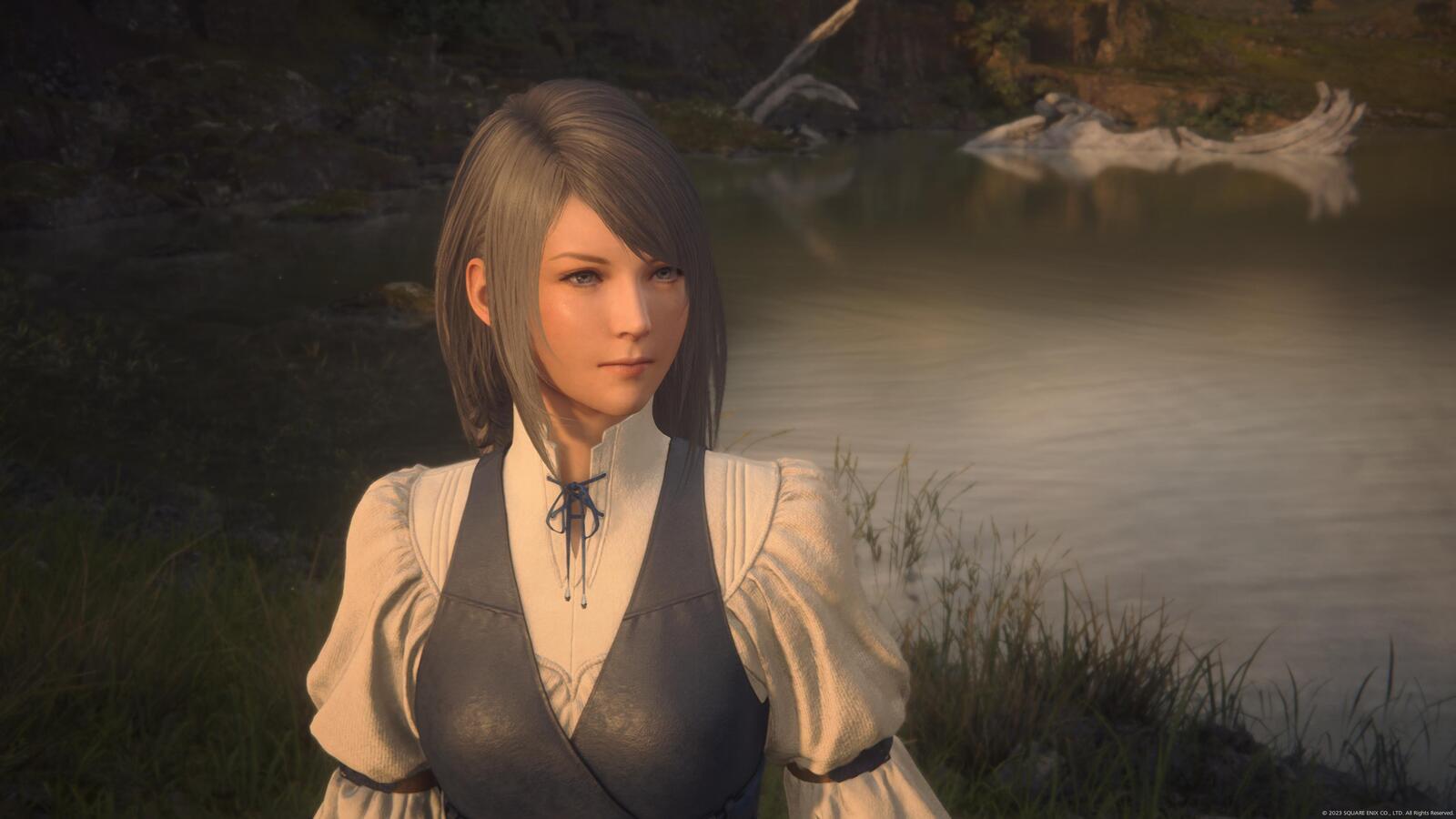
As skills are gained, there are no combo button-presses to memorize like in other brawlers. Instead two special moves can be equipped, each with a cool down period. You can cycle through up to three of these sets, based on the magic of the Eikons. Combat with most of the normal creatures feels like filler. Without bonuses for style like in the Devil May Cry games, some attacks can be spammed on lesser enemies without consequence. Everything really just builds up to layers of boss fights, most of which can be beaten after learning each creatures evade pattern. Although the combat is continuous and fast paced, it does feel a bit dry compared to other games in the franchise with action based combat, such as the original Final Fantasy Crisis Core or Final Fantasy VII: Remake.
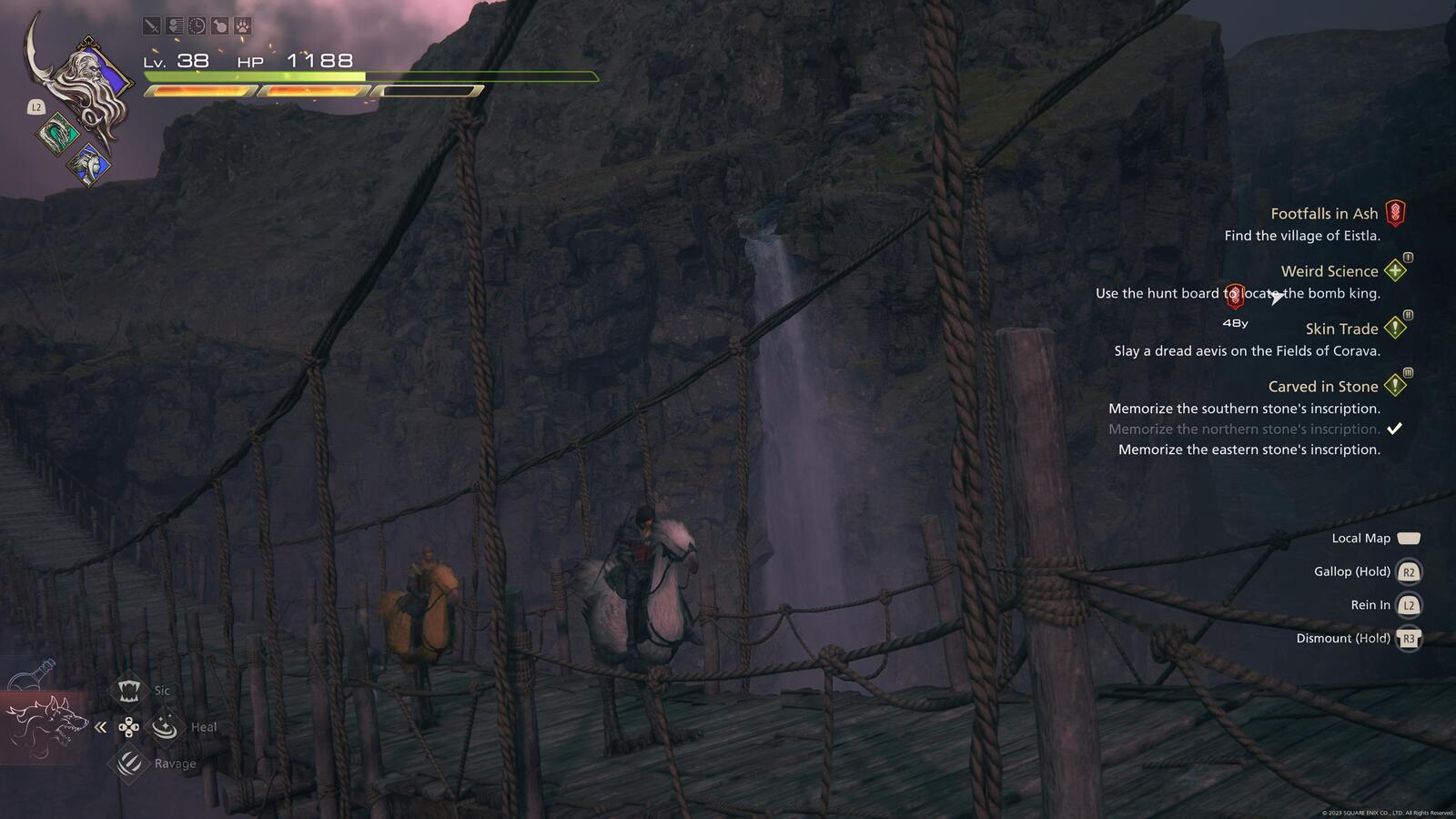
The summoned monsters, known as Eikons, cannot be used at any time. The game portrays Eikons as being taxing on the characters. Eikon transformation comes about during specific parts of the story, their abilities are unlocked to continue the plot, and their combat is completely independent of the characters. Despite all of this, the evade, attack and magic aspects or Eikon fights are very similar to the normal gameplay.
Final Fantasy XVI really likes to emphasize the cinematics. However, I feel like the interactive bits during cinematic scenes are really limited. In other adventure games, button presses for blocks and attacks often come fast paced, one right after another. They add immersion and interactivity to cut sequences. In this game, they are too spread out, predictable and seem to just barely keep action sequences from being incredibly boring.
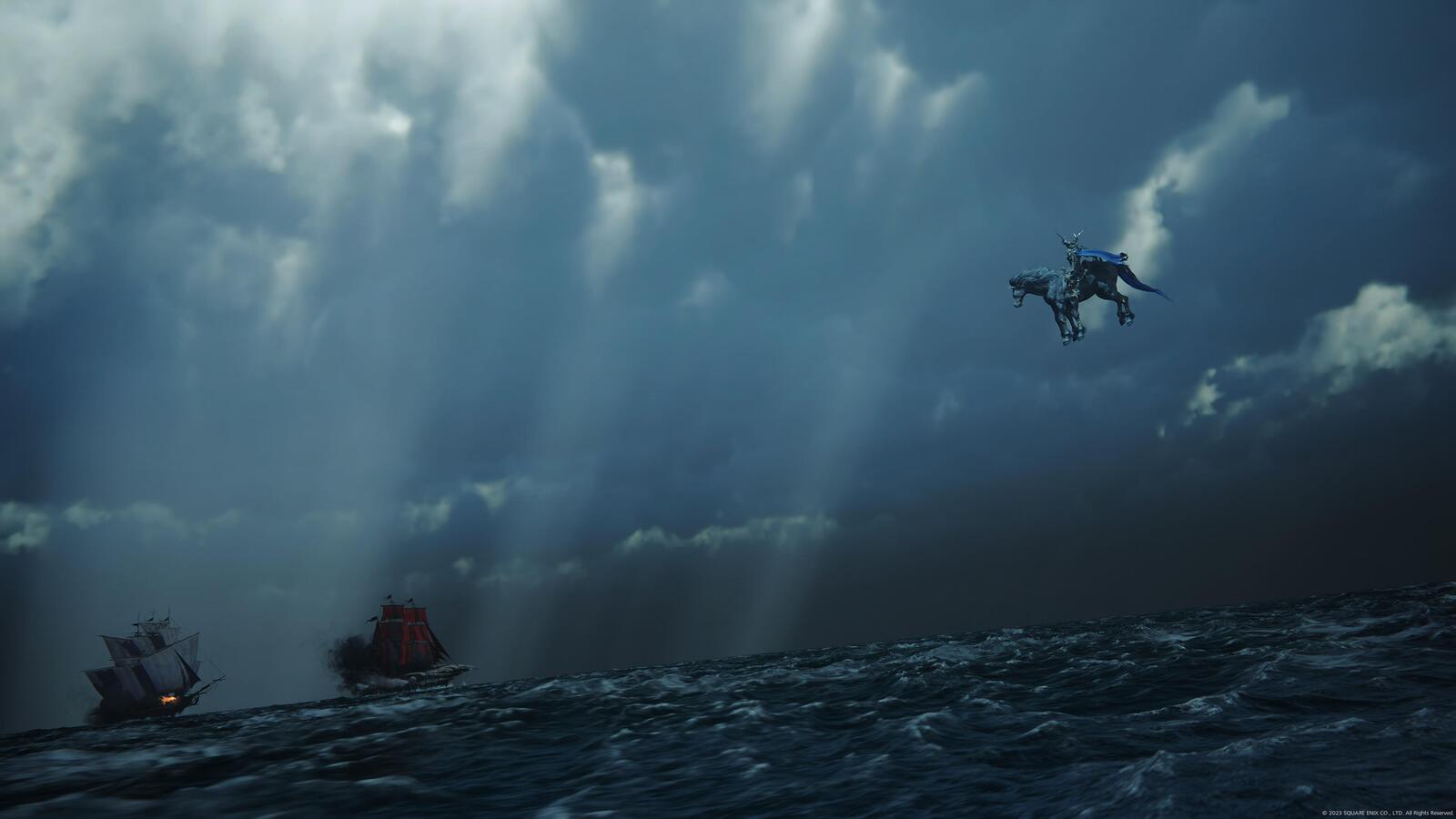
Overall the gameplay is kinda meh. I like that it’s not insanely difficult, and still provides a decent amount of challenge. There never felt like a point where I had to grind monsters to progress. At the same time, your other team members seem like cheap party favors that make battles a little shorter. Their abilities cannot be improved, and their presence is never really acknowledged unless you turn around. This is a single protagonist action game. That’s engaging enough, but nothing really special.
The Elements of a Final Fantasy Game
There are Chocobos, a character named Cid, and monsters. There are pieces of the classic soundtrack included in certain sequences, although with darker and more gothic overtones. Swords and magic are combined with mystery and world building. I didn’t find a Cactuar, but there is a Moogle. It’s definitely a role playing game, and has a lot of the story elements I’ve come to expect from Final Fantasy adventures.
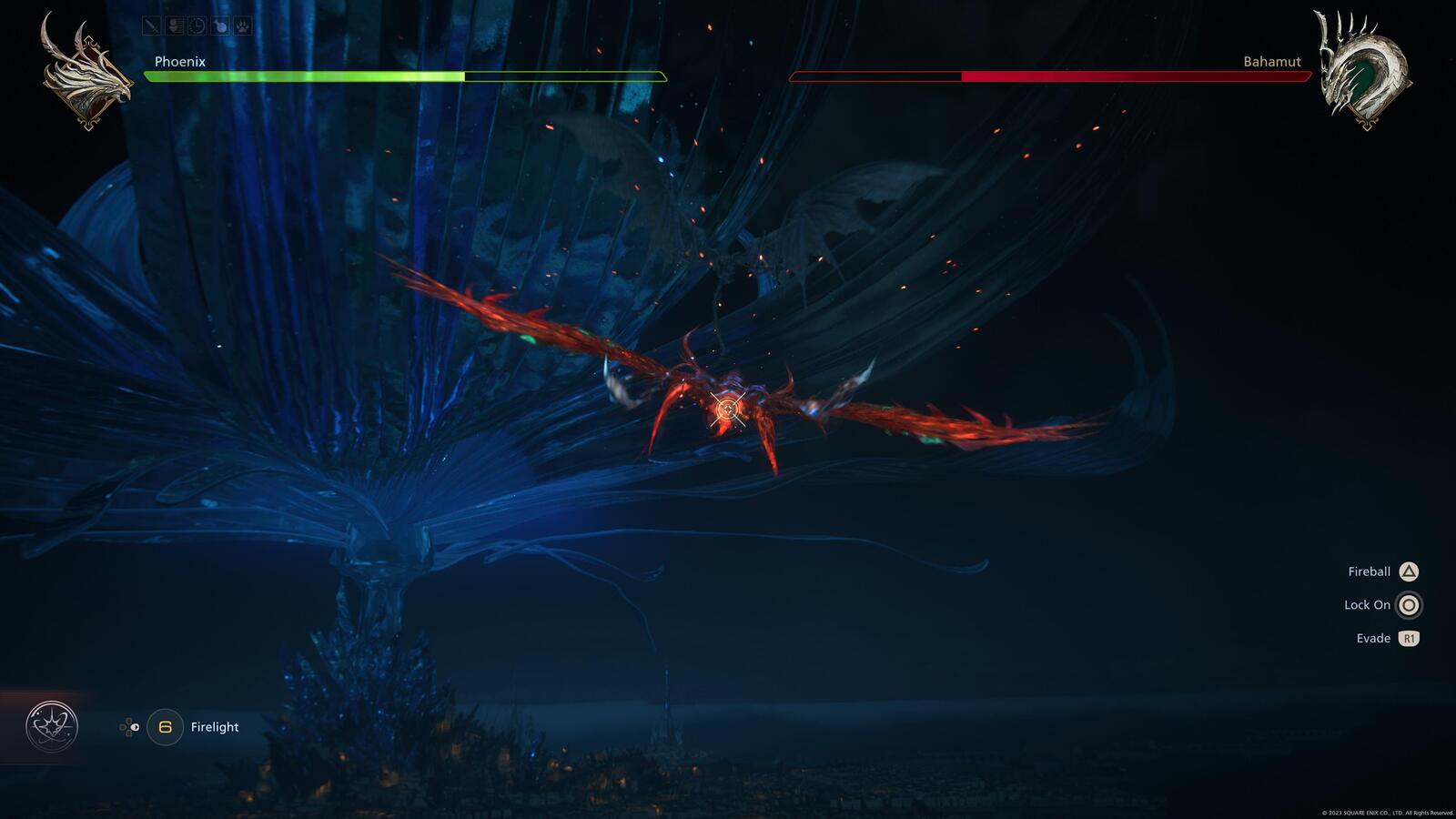
At the same time, there is a lot more blood and violence in this title. Yet, the added graphic scenes don’t seem to come with any real reward of complex story or moral quandary. There is mystery that does result in some very interesting questions; conflicts between the people of the world and their distant past. However, it still felt lacking in depth. Despite the more adult themes and cut sequences, I don’t feel like the writers really built a solid connection between the player and the characters. Role playing games should be about the entire party, and both the story and gameplay elements of Final Fantasy XVI left those deeper connections shallow and wanting.
Conclusion
Overall, Final Fantasy XVI kept my attention to the end. Out of the franchise, I’ve only finished Final Fantasy 7 (original and remake), 9 and Crisis Core (original). I’ve played, but not finished 8, 10 and 13. This is honestly not the best in the franchise. The visuals and artwork are amazing, showing off the abilities of the PS5. The in-game timer placed my time around 20 hours on my save file, while my PS5 profile states I’ve played for over 40 hours (which seems correct).
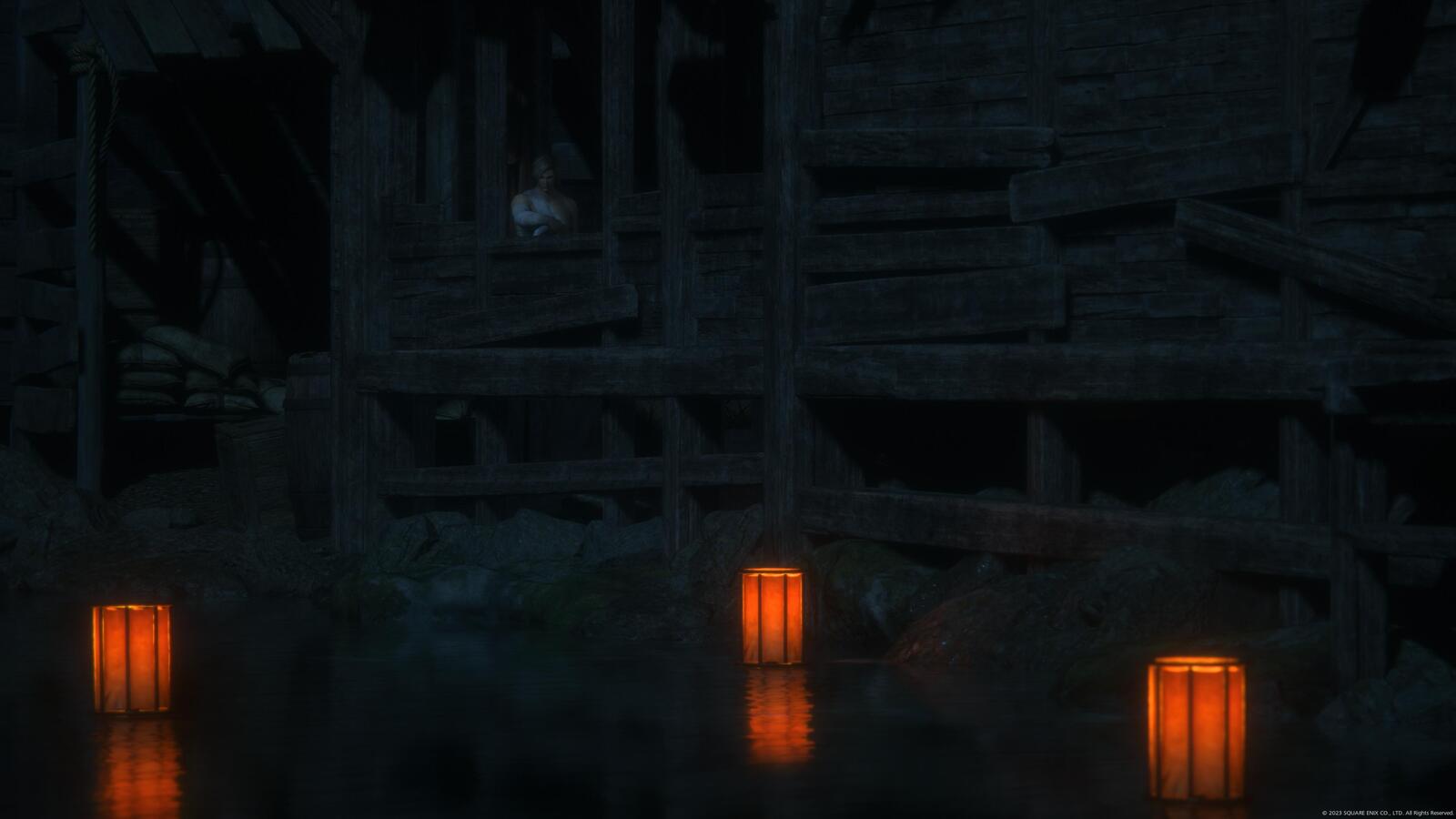
The lack of grinding and good progression ladder kept me engaged until the end. However, the opening was incredibly slow, and there were some moments that felt like they dragged towards the end. Still, despite the pacing, I feel like a lot of work went into making this title accessible to everyone. It feels like an okay mix of action and role playing, that makes it a decent casual game for fans of either genre.
Thanks
I’ve only finished two games since my last set of game reviews, but I’ve been playing a couple I hope to finish up later this summer or in early fall. Thanks for reading and be sure to check out all my other posts.